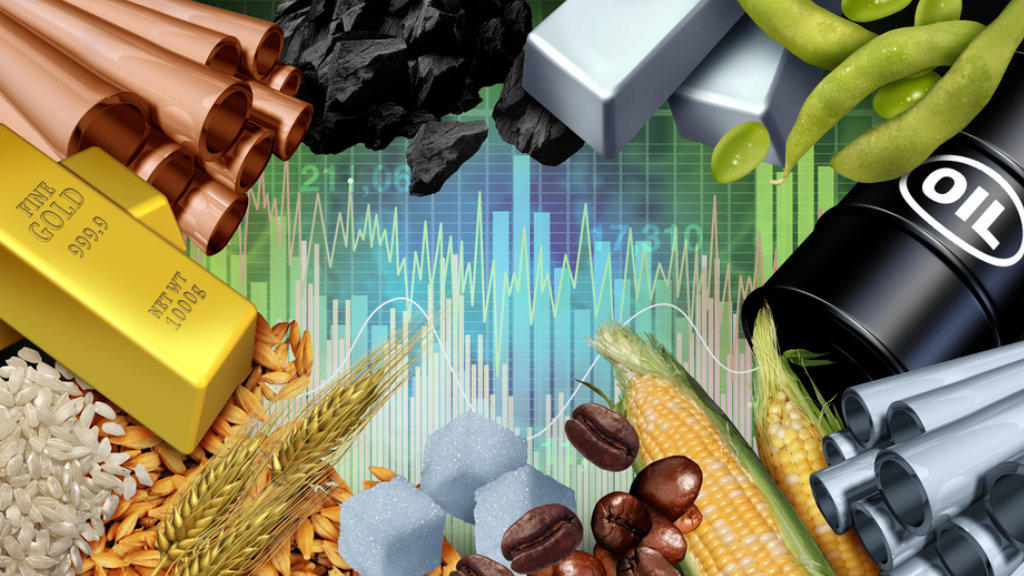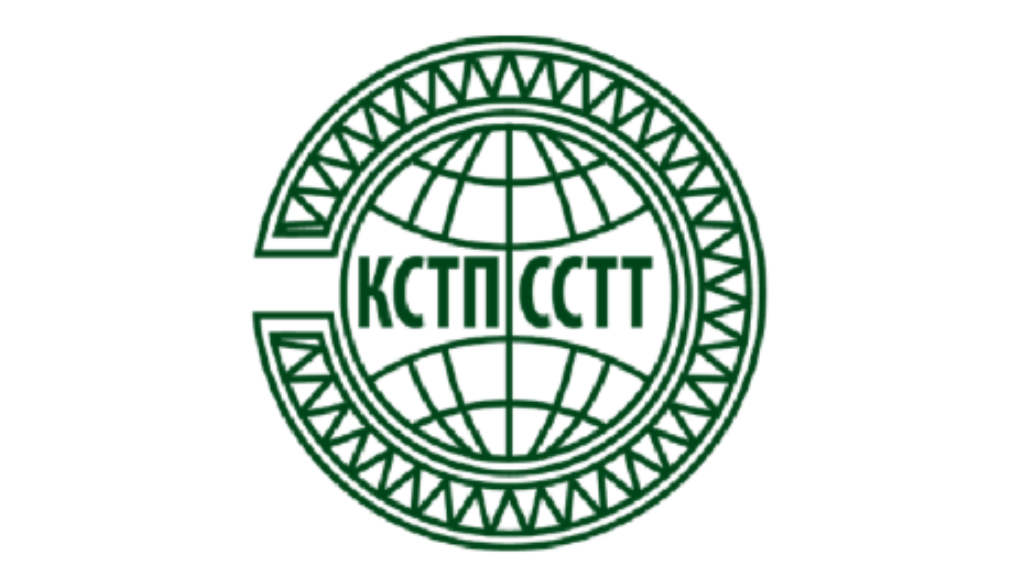The St. Petersburg International Commodity and Raw Materials Exchange (SPIMEX) will create a new, common EAEU commodity exchange market and then intends to integrate this to include commodities trading within the BRICS, according to SPIMEX President Igor Artemyev, speaking on the sidelines of the St. Petersburg International Economic Forum (SPIEF).
Artemyev stated that “A large number of spot exchanges were closed in the United States and Europe after World War II, and a transition was made to futures trading. In recent years, a number of ‘bubbles’ have appeared in the global economy, leading to financial, mortgage and other crises. Now, geopolitics are shaping a completely new world order. The world economy and stock markets are divided, and futures trading on Western exchanges is no longer a universal reference point and has become unreliable. It is now apparent that it is more practical to have cash and physical goods and to conduct transactions with them.”
Russian legislation, as well as the laws of former Soviet Union countries and others, such as China and India, are similar in that priority is given to cash in trade goods.
“This is our advantage,” Artemyev said “Large spot exchanges are also located in Belarus, Kazakhstan, Uzbekistan, Kyrgyzstan, China, Indonesia, Iran, Turkey, and the United Arab Emirates. SPIMEX is one of the three leading global spot exchanges in terms of trading volume and can serve Russia well in the international arena. This is indicated in our strategy. To begin with, we will build a common EAEU commodity exchange market.”
An important step in this direction will be taken at SPIEF. A cooperation agreement will be signed by SPIMEX, the Belarusian Universal Commodity Exchange (BUCE), the Eurasian Trading System (ETS) The Commodity Exchange (Kazakhstan), the Uzbek Commodity and Raw Materials Exchange (UzRTSB) and the Kyrgyz Stock Exchange in the presence of representatives of EAEU state governments, Artemyev said.
“The essence is that the exchanges of the EAEU countries will begin to publish their indices and price indicators on the SPIMEX SPX platform. Therefore, we will get cross-country- though not indicators yet – but at least benchmarks. We will see the differences across countries, for example, in the price of diesel. This information will tell the buyer and seller a lot and will become an important guide,” he said.
As for what these countries can trade with each other, he said, “A single exchange is a rather complicated story, and at this stage there is no need for one to appear. However, it is necessary to conduct joint trading, create a single interface, and simplify mutual trading in general as a way to unite our entire exchange space. In this regard, we see the Moscow Stock Exchange (MOEX) as a partner with its commodity segments. Regarding potential exchange goods, the President has given instructions to prepare proposals for trading in agricultural products. World hunger is a pressing issue, and solving it is the right thing to start with.”
“Then we will look at the unification of exchange trading within BRICS and other countries. Here, it depends on them deciding to join in single exchange trading. SPIMEX can become one of the organizers of this process.”
The emergence of such an exchange would elevate St.Petersburg and Moscow to important trade and financial services hubs for the entire Eurasian region, and possibly for Africa too, given that Russian interest is emerging in African commodities. Such a facility would act in a similar manner to the Chicago and New York Mercantile Exchanges. These work to provide market security. A new Russian based commodities exchange would determine and enforce rules and procedures for trading standardized commodity contracts and related investment products, and especially across Eurasia.
Traders rarely deliver any physical commodities through a commodities exchange. Instead, they trade futures contracts, where the parties agree to buy or sell a specific amount of the commodity at an agreed-upon price, regardless of what it currently trades at in the market at a predetermined expiration date. The most traded commodity futures contract is crude oil, but this could be expanded to include metals, and agricultural commodities exchanges. The global commodities market is massive, with a nominal value of approximately US$131 trillion in 2024.





